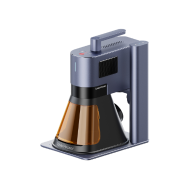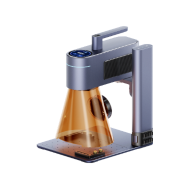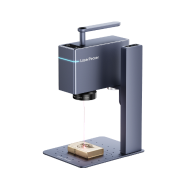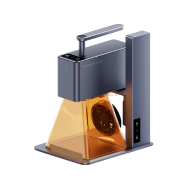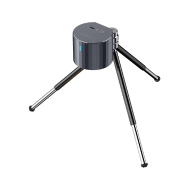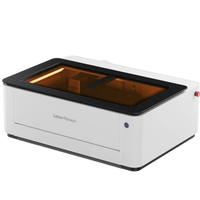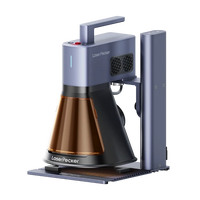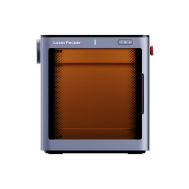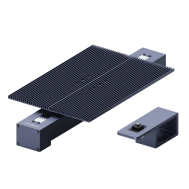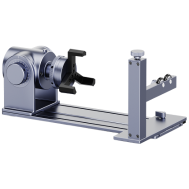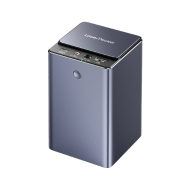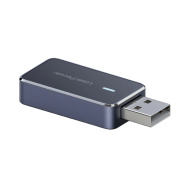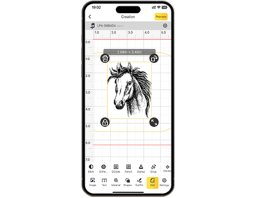Laser engraved dice offer a personalized touch and intricate design, bringing a unique experience to the world of tabletop gaming. As avid gamers look to enhance their experience, laser engraving has become an interesting means of transforming ordinary dice into personalized works of art.
Laser engraving can decorate dice with symbols, numbers, or even intricate patterns. In this guide, we'll explore how to engrave dice, unlocking the potential of gamers and enthusiasts and adding a touch of personality to their gaming arsenal.

In this article:
Part 1: What Is Engraved Dice?
Engraved dice are dice that have been marked or etched with specific designs, patterns, numbers, or symbols through a process of engraving. Engraving is the practice of incising a design onto a surface, typically metal, wood, or plastic in the case of dice. This can be done for various reasons, including aesthetic appeal, personalization, or to create unique and customized dice for tabletop games.
Here are a few common types of engraved dice:
- Customization: Engraving allows individuals to personalize their dice with initials, names, or unique designs. This can be popular among tabletop gamers or collectors who want to add a personal touch to their dice.
- Specialized Symbols: Some games may require specialized symbols on dice, and engraving provides a precise way to add these symbols. For example, role-playing games (RPGs) may use dice with specific icons or symbols for various in-game actions.
- Artistic Designs: Engraving allows for intricate and detailed artistic designs on the dice. This can be especially appealing for collectors or those who appreciate craftsmanship in their gaming accessories.
- Enhanced Visibility: Engraved numbers or symbols can be filled with contrasting colors or materials to improve visibility. This is particularly useful in games where quick and accurate identification of the rolled result is crucial.
- Branding:Game companies or organizations may use engraving to brand their dice with logos or specific markings, helping to establish a unique identity for their products.
Materials commonly used for engraved dice include wood, metal, acrylic, and other durable plastics. Laser engraving and mechanical engraving are common techniques employed, each offering different levels of precision and intricacy.
Part 2: How to Laser Engrave A Dice?
Laser engraving dice can be a precise and efficient way to add intricate designs, symbols, or numbers to the surfaces. Here's a general guide on how you can laser engrave a die:
Materials and Tools Needed:
- Laser Engraving Machine:Laser engraving machines are available in various sizes and power levels, so choose a compact laser engraver suitable for your dice project.
- Design Software:Create or import the design you want to engrave using LaserPecker Design Space software compatible with your laser engraving machine.
- Dice:Choose the type of dice you want to engrave. Common materials include wood, acrylic, or certain types of plastic. Make sure the material is compatible with laser engraving.
- Safety Gear:Wear appropriate safety gear, including safety glasses, when operating the laser engraving machine.
Detailed Steps:
Step 1. Prepare the Design:
Create or import the design you want to engrave onto the die using your chosen graphic design software.
Make sure the design fits within the dimensions of the die and is suitable for the laser engraving process.
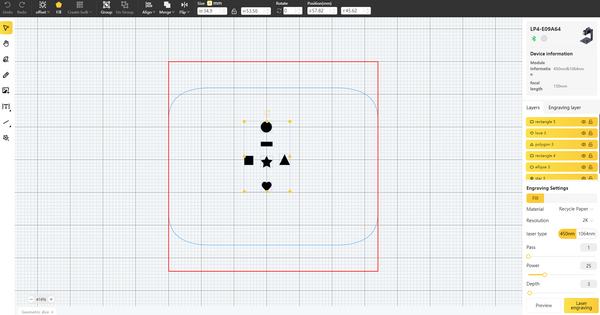
Step 2. Material Setup:
Place the dice into the laser engraving machine, securing it in place to prevent movement during the engraving process.
Adjust the focus of the laser to ensure the correct distance between the laser head and the surface of the die.
Step 3. Setup Engraving Parameters:
Open the laser engraving software and import your design.
Configure the engraving settings, such as power, speed, and resolution, based on the material of the die. Consult the laser machine's manual for recommended settings.
Step 4. Test Run:
Before engraving the actual die, perform a test run on a scrap piece of the same material to ensure the settings are correct and the design appears as desired.

Step 5. Engrave the Dice:
Once satisfied with the test run, start the engraving process on the actual dice.
Monitor the process to ensure the laser is accurately engraving the design onto the die.
Step 6. Post-Processing:
After engraving is complete, carefully remove the die from the machine.
Clean any residue or debris left on the surface of the die from the engraving process.
Step 7. Inspect and Finish:
Inspect the engraved design on the die for quality.
Depending on the material, you may choose to apply a finishing coat or leave the engraved surface as is.
If you want to learn more about laser engraved dice projects, visit our LaserPecker CraftZone!
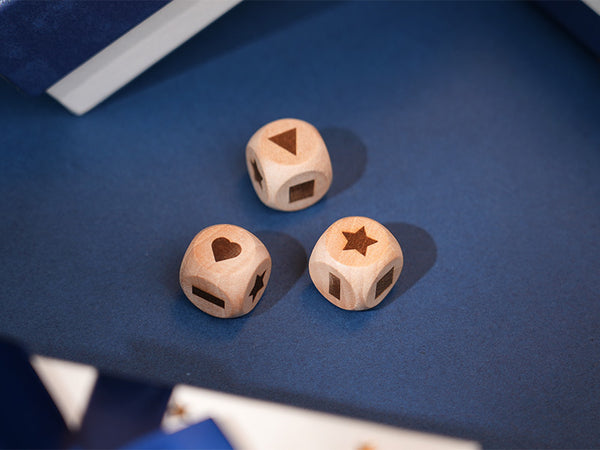
Conclusion
In the world of tabletop gaming, where every dice roll tells a story, engraved dice are a tangible expression of creativity and personalization. The art of laser engraving allows gamers to engrave their own unique signature on the tools of their adventure.
Whether it's the crisp lines of a custom symbol, the clarity of a carefully engraved number, or the charm of an artistic design, each engraved dice becomes a testament to the fusion of craftsmanship and passion within the gaming community. Laser engraving offers enthusiasts the unique opportunity to get not just a dice, but a dice that carries the essence of their personality and imagination.
